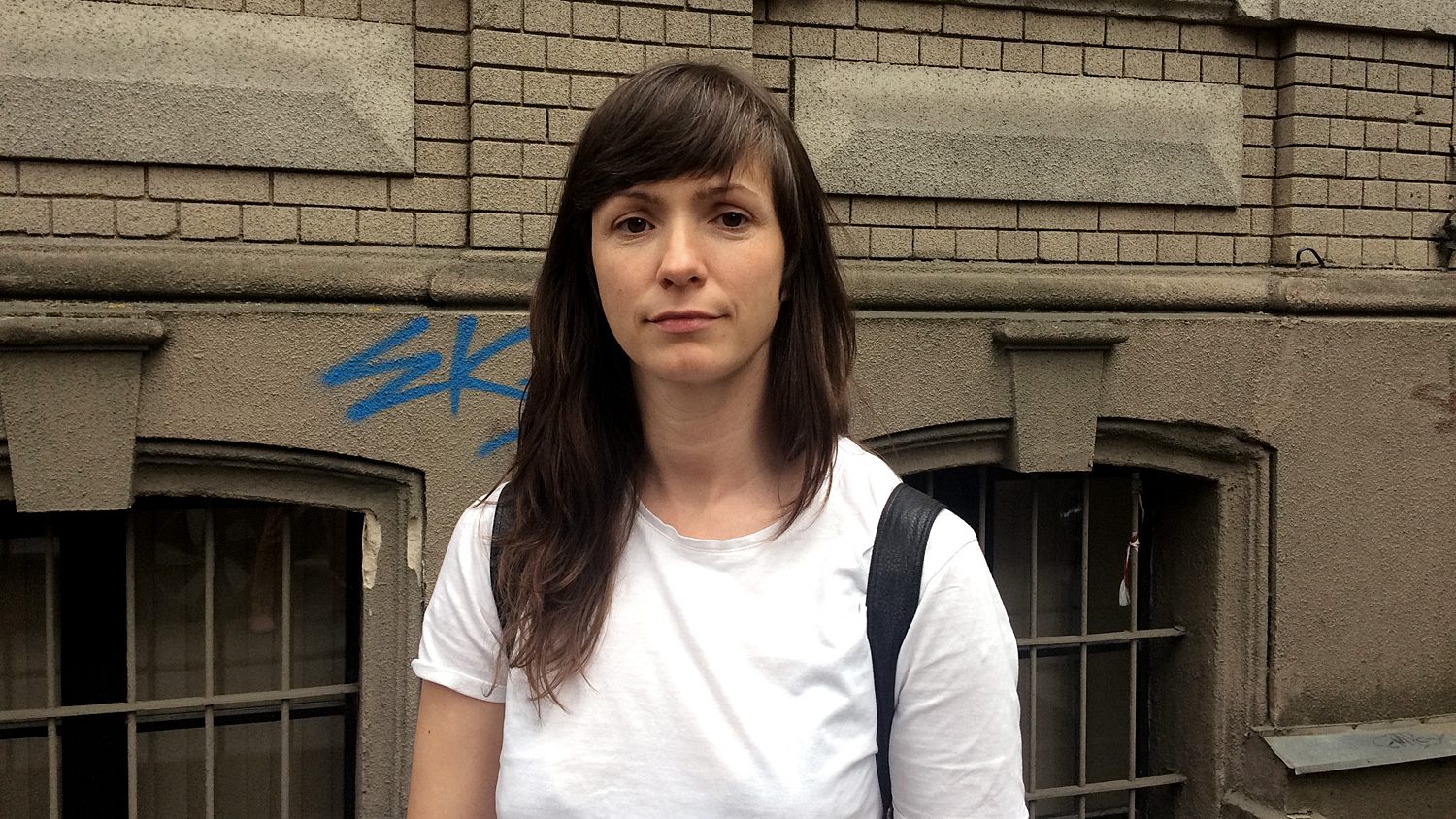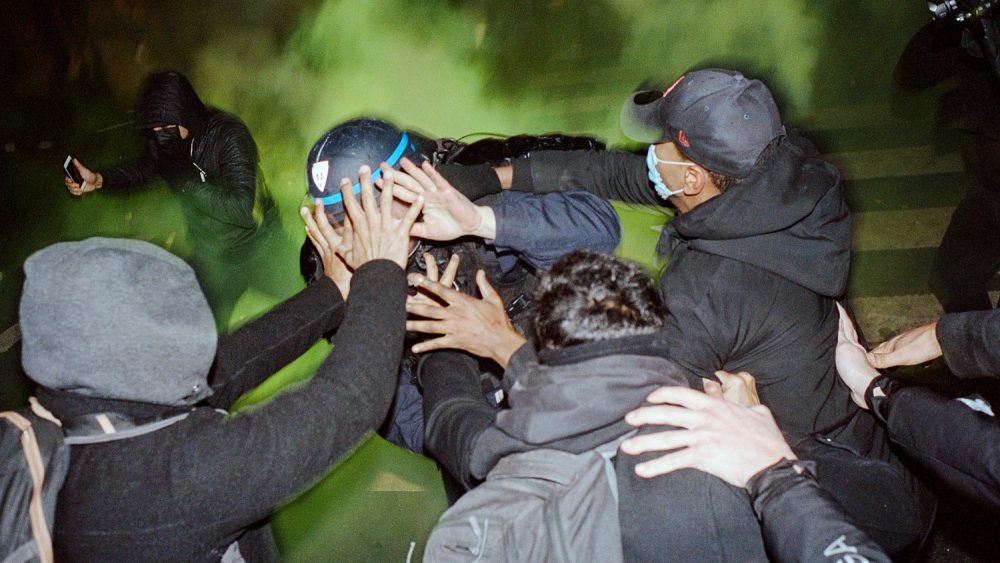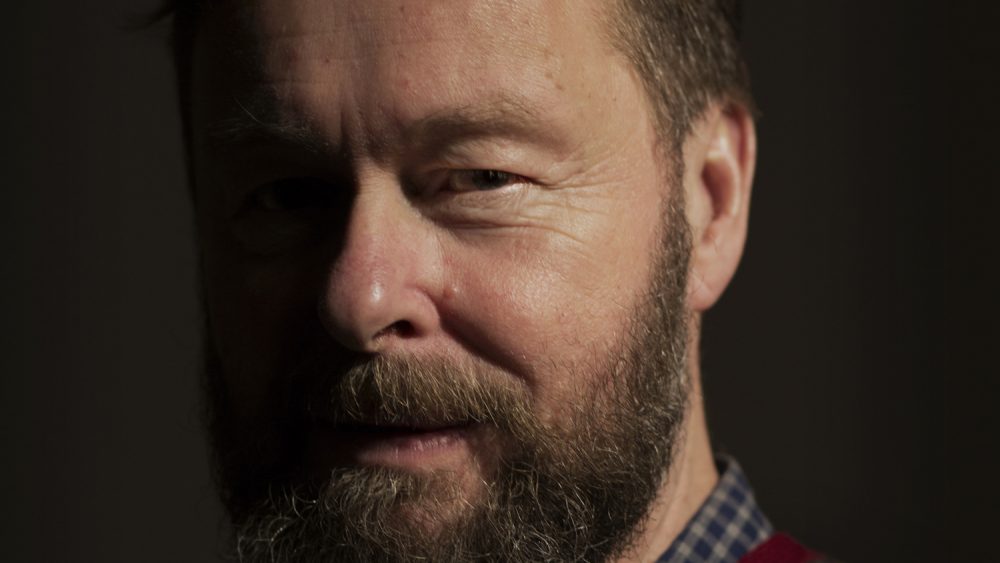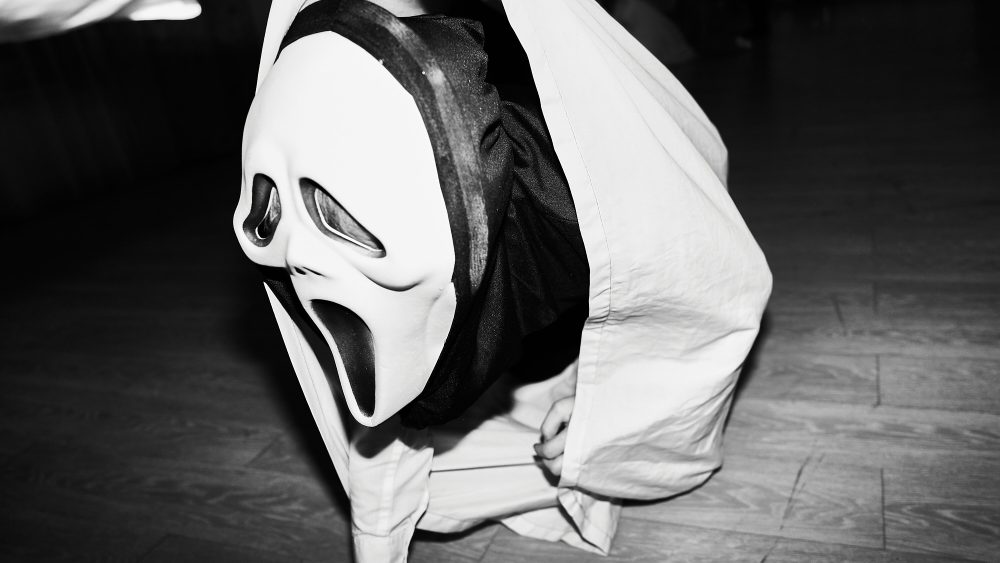10 minutes with Iveta Vaivode
Iveta Gabaliņa (ex Vaivode, 1979) is a Latvian photographer known for nostalgic poetic landscapes and portraits in the series Somewhere on the Disappearing Path, created in the east of Latvia – a place once called home by her family. Gabaliņa ir also known for projects of a more conceptual nature, such as Opera and Polar, which manifest the photographer’s interest in the perception of time. Vaivode-Gabaliņa has acquired a Bachelor’s degree in Photography from the Arts University Bournemouth in the UK and a Master’s degree from Aalto University in Helsinki. She has also received various awards, including C/O Berlin Talents 2013, Burn Magazine scholarship, etc. Her exhibition My Hand is Warmer than the Sun opens today at Careva Gallery in Riga and will be on view until 29 June, as part of Riga Photomonth programme.
What will we see in your exhibition?
The exhibition will show works resulting from my participation in an artist residence in the Arctic Circle. It was three weeks spent in Svalbard on the customized sailing ship Antiqua, which sailed from one point of the Spitsbergen Archipelago to another. I was one of 30 artists who went to the Arctic to carry out our dream projects. Before I even got to the Arctic, I knew I wanted to work with the landscape. I spent most of my time in the residence photographing the untouched shores of Svalbard, the glaciers and their remnants. When I returned home, apart from the negatives and vivid memories I also took a part of the glacier with me – a very real, baby-sized block of ice. I spent the remaining time until the exhibition melting this piece of ice. I placed it on light-sensitive paper in the B&W photo lab, projecting the landscape of the glacier itself on it. As a result, I obtained a hybrid of a photograph and a photogram. That is what you will see in the exhibition.
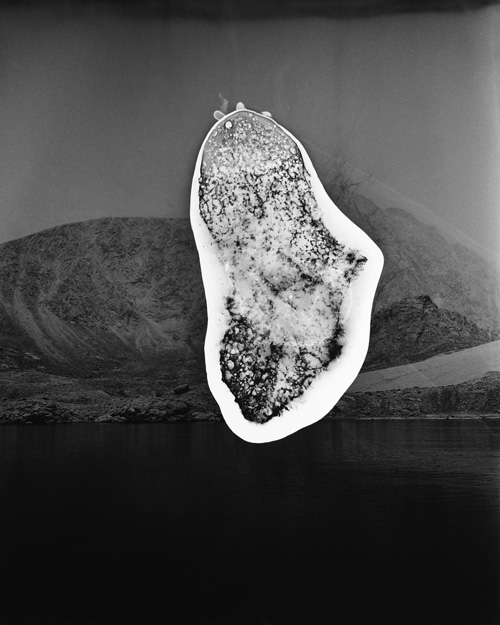
How did it feel in the Arctic?
The Arctic is beautiful in its indifference. When you are there, you begin to understand the theory of relativity more clearly. To some degree, the landscape had a very calming effect. It makes us aware of the general truth that we are just a moment on this planet. At the same time, it is also the landscape of our guilt because the glaciers are melting and it makes our moment on the planet a bit shorter, but it does not really matter either.
Are you concerned about global climate change?
It bothers me as much as the fear of war or severe diseases. Essentially, it is the fear of death, which is present in our consciousness, but at the same time too abstract to provoke any action. In any case, it worries me less than the daily consumption of plastic bags or the excessive amount of sugar on pre-school children’s menu.
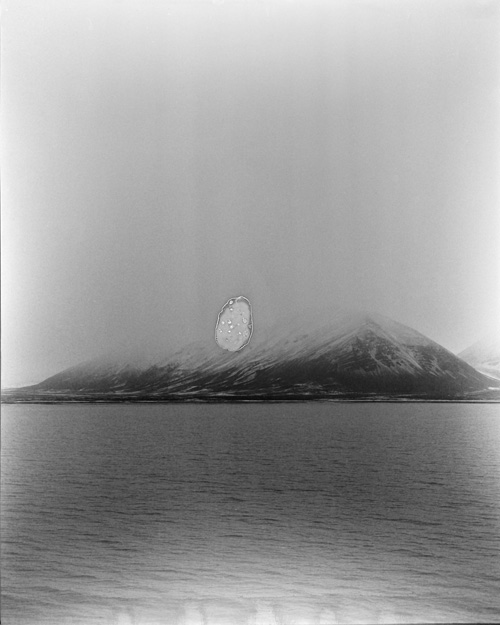
How would you characterize your interests in photography?
Sometimes photography allows me to get closer to the topics that at some point in life seem important or interesting to me. I am used to working with this medium and I feel comfortable enough to experiment and find new means of expression. I am interested in works that are equally strong in both their conceptual and technical performance. If I look at my activities over a longer period of time, it can be concluded that one of the elements that I find interesting in photography is the concept of time. This is reflected most prominently in my work Opera and the 2016 work Polar. One of the central questions in my latest work also deals with time. The process of ice melting as an inevitable countdown to emptiness or transformation.
What have been the greatest challenges while working on the exhibition?
To create this work, I used an analogue technique in which each work is unique and cannot be retouched or reproduced digitally. For me as a photographer, this was a new experience, where the greatest challenge was to preserve the works in a quality that would be suitable for framing and exhibiting. Of course, keeping a piece of ice in the freezer for nearly a year, during which my daughter was born and we moved house, was also a pretty big challenge.
